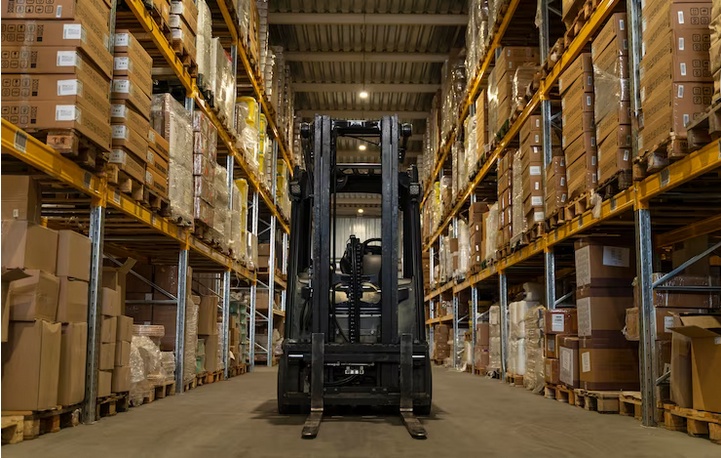Double deep racking systems represent an innovative solution for businesses seeking to maximize storage capacity within their warehouses or distribution centers. By leveraging the concept of deep lane storage, these systems offer a cost-effective means of increasing inventory density while maintaining accessibility to stored goods. Understanding the principles and benefits of double deep racking systems provides valuable insights into how businesses can optimize their storage capabilities to meet growing demands efficiently.
Understanding Double Deep Racking Systems
Double deep racking systems are a variant of selective racking, where pallets are stored two-deep within each aisle instead of one. This configuration effectively doubles the storage capacity of traditional selective racking while still allowing for direct access to each pallet. The rear pallet can be accessed using a specialized forklift with extended reach capabilities, enabling efficient retrieval and replenishment of goods within the deeper storage lanes.
Key Features and Components
Double deep racking systems consist of several key components designed to support the storage and retrieval of palletized goods:
-
Upright Frames: Upright frames form the vertical support structure of the racking system, providing stability and load-bearing capacity. These frames are typically anchored to the warehouse floor and spaced at intervals to accommodate the desired aisle width and pallet depth.
-
Horizontal Beams: Horizontal beams connect the upright frames and support the weight of the pallets. These beams are adjustable to accommodate varying pallet sizes and load capacities, allowing for flexibility in storage configurations.
-
Rail or Guide System: In double deep racking systems, a rail or guide system is installed along the floor of each aisle to facilitate the movement of forklifts and ensure accurate alignment when retrieving pallets from the rear storage positions.
-
Pallet Supports: Pallet supports are installed within the racking system to provide additional stability and prevent pallets from sagging or becoming misaligned. These supports help distribute the weight of the load evenly and minimize the risk of damage to stored goods.
Benefits of Double Deep Racking Systems
Implementing double deep racking systems offers several benefits for businesses looking to maximize storage capacity and efficiency:
-
Increased Storage Density: Double deep racking systems enable businesses to store pallets two-deep within each aisle, effectively doubling the storage capacity compared to traditional selective racking. This allows for optimal utilization of warehouse space and reduces the need for costly expansion or relocation to accommodate growing inventory levels.
-
Cost Savings: By maximizing storage density and reducing the amount of floor space required for storage, double deep racking systems offer a cost-effective solution for businesses looking to optimize their warehouse operations. The ability to store more inventory within the same footprint helps minimize per-unit storage costs and improves overall inventory turnover rates.
-
Improved Selectivity: Despite the increased storage density, double deep racking systems still provide relatively easy access to stored goods. With the use of specialized forklifts equipped with extended reach capabilities, businesses can retrieve pallets from the rear storage positions efficiently, maintaining high levels of selectivity and accessibility.
-
Enhanced Efficiency: Double deep racking systems streamline warehouse operations by reducing the time and labor required for pallet handling and retrieval. With fewer aisles needed to accommodate the same amount of inventory, forklift operators can navigate the warehouse more efficiently, minimizing travel distances and optimizing throughput.
Considerations and Limitations
While double deep racking systems offer significant benefits, it's essential for businesses to consider their specific storage requirements and operational constraints before implementation. Factors such as SKU variability, inventory turnover rates, and forklift compatibility should be carefully evaluated to ensure compatibility with double deep storage configurations. Additionally, businesses should consider the potential impact on order picking and fulfillment processes, as deeper storage lanes may require additional time and resources for pallet retrieval.
Conclusion
In conclusion, double deep racking system represent a practical solution for businesses seeking to maximize storage capacity within their warehouses while maintaining accessibility to stored goods. By leveraging the principles of deep lane storage, these systems offer a cost-effective means of increasing inventory density and optimizing warehouse space utilization. With benefits such as increased storage density, cost savings, improved selectivity, and enhanced efficiency, double deep racking systems provide businesses with valuable tools for optimizing their storage capabilities and meeting growing demands effectively.


No comments yet